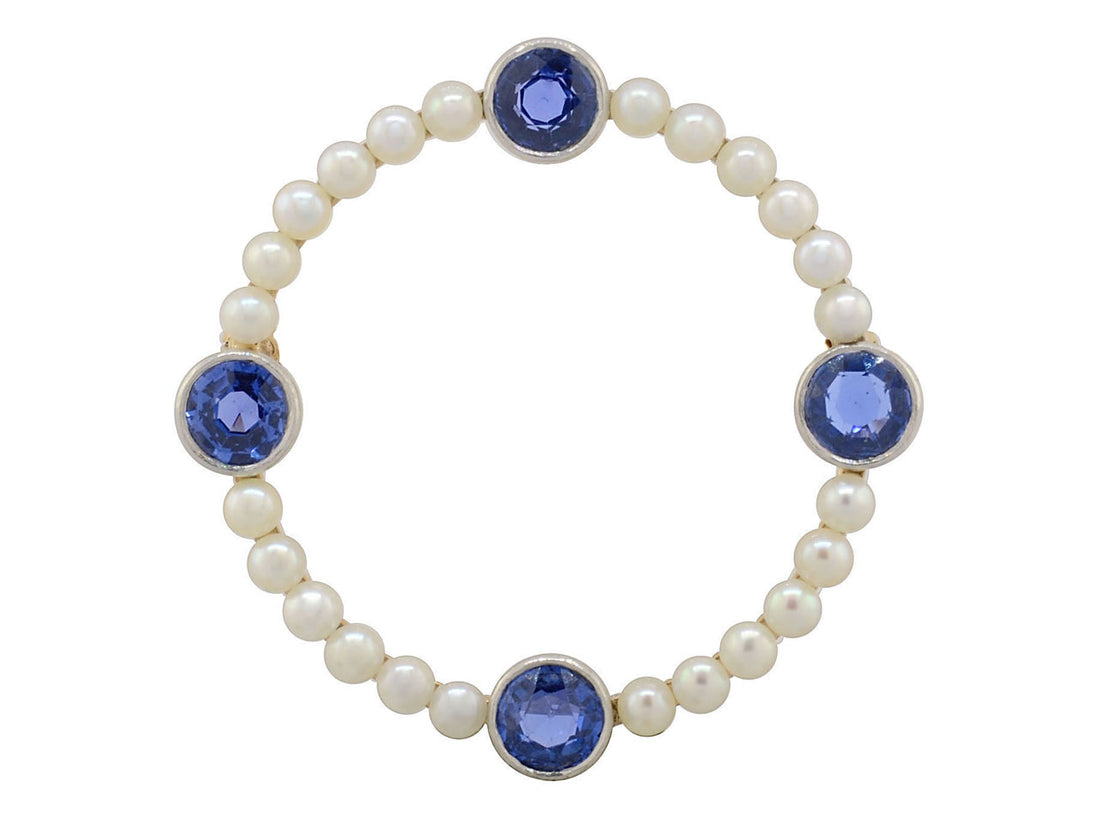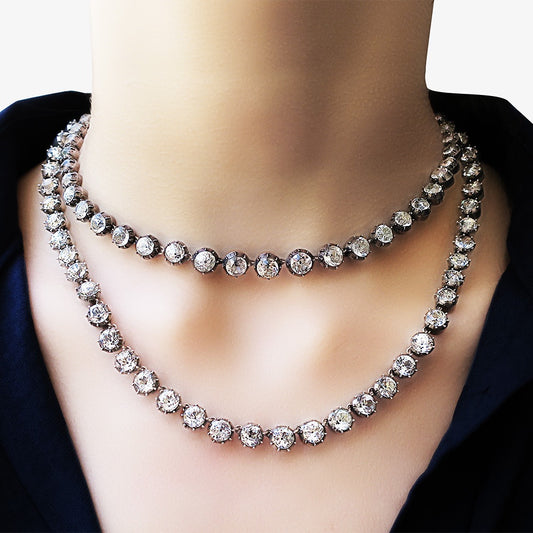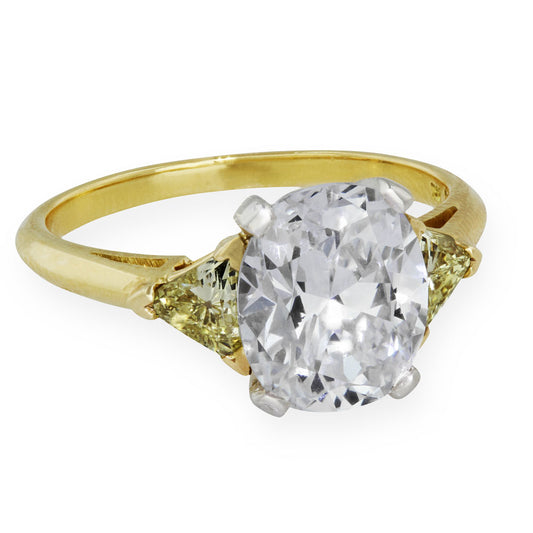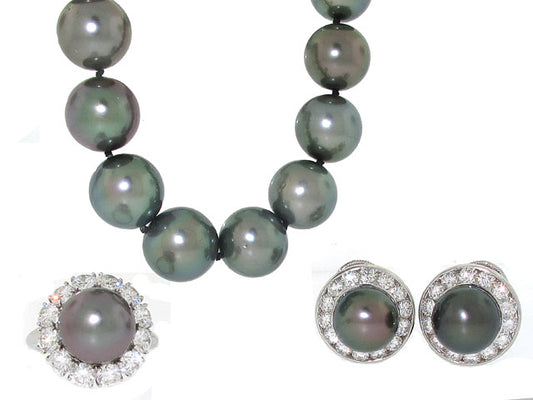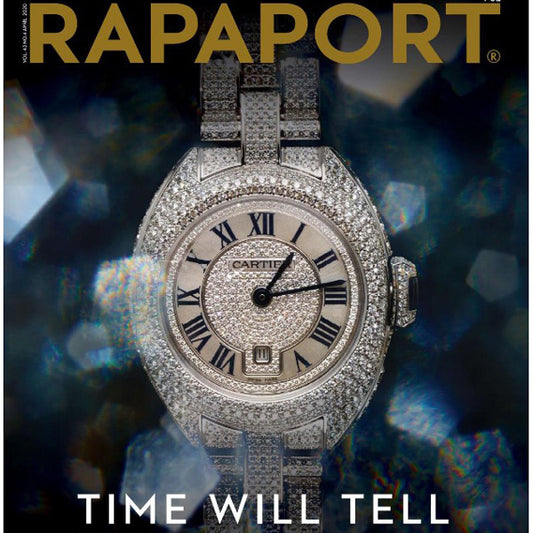Imagine the elation of a certain Jake Hoover, a Montana gold-miner, well over a hundred years ago, when he received a check from Tiffany & Co., for $3,750 (over $100,000 in today’s economy), sort of out of the blue for a cigar box full of “blue stones.” Hoover had originally journeyed to Montana before the turn of the last century for the gold rush. After mining his stake in the Yogo Gulch of the Little Belt Mountains for a time with two partners, he had garnered a mere $700 in gold: not much to offset the $40,000 investment the three men had made.

Oscar Heyman Sapphire and Diamond Earrings in Platinum, c. 1950
He did, however, come across some pretty blue pebbles that other miners tossed as junk, which he began amassing. When he had a stash he sent it off to a regional assay office, which in turn, so the story goes, sent it to the experts at Tiffany & Co. in New York City.

Tiffany & Co. Montana Sapphire Bouquet Brooch in 14K, c. 1950
It was here that the crack mineralogist Dr. George Frederick Kunz (for whom the stone kunzite was named) recognized the pretty little blue nuggets as sapphires! Yogo sapphires are a luscious cornflower blue with marked clarity and brilliance, and are today, definitely sought-after. Kunz is said to have stated that Hoover’s Yogo sapphires were “the finest precious gemstones ever found in the United States” and when the check was sent to Hoover, the accompanying letter stated that the stones were “sapphires of unusual quality.”

Edwardian Montana Sapphire Bar Brooch in 14K, c. 1915
The geographic appellation “Yogo” distinguishes these gems from sapphires found elsewhere in Montana. Mining Yogo sapphires is extremely difficult and there may, in fact, be as many as 28 million carats of them still in the ground that may never be excavated. Kunz is said to have commented that in purchasing a “gold” mine, Hoover and his business associates had acquired the most valuable sapphire mine in America, yielding far more return on their investment than all other sapphire mines in America put together!
Ruth J. Katz
Image atop the article is a Tiffany & Co. Sapphire and Pearl Brooch in 14K and Platinum, c. 1910

